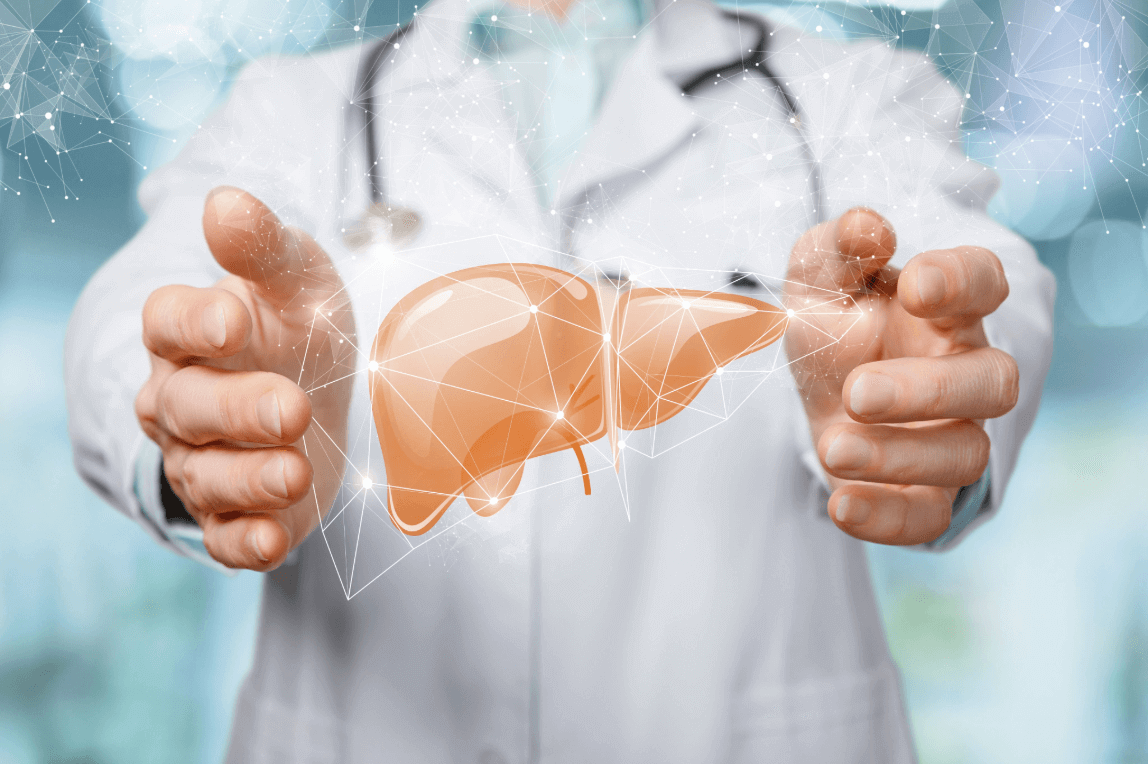Diabetes Management:
Traditional diabetes treatments often struggle to prevent severe complications caused by metabolic
disturbances. total secondary ginsenoside presents a promising health solution by protecting microvascular endothelial
cells against damage induced by metabolic disruptions. It contributes to the well-being of individuals
dealing with diabetes-related microvascular issues
Fatigue Relief:
The fast-paced lifestyle of modern society leads to fatigue concerns among professionals and cancer
patients. total secondary ginsenoside enhances energy metabolism, promotes ATP production, and exhibits anti-fatigue,
anti-oxidative damage, and immune-boosting effects. It holds potential to alleviate fatigue in individuals
with high energy expenditure and cancer patients.
Cardiovascular Health
total secondary ginsenoside displays cardiovascular benefits by enhancing myocardial contractility, dilating coronary
arteries, increasing coronary blood flow, and reducing myocardial oxygen consumption. It safeguards
against myocardial ischemia and reperfusion injury, inhibits platelet aggregation, lowers blood viscosity,
and prevents thrombosis. It offers potential applications in coronary heart disease, angina,
atherosclerosis, and chronic heart failure.
Lipid Metabolism Regulation:
total secondary ginsenoside comprehensively regulates the metabolism of lipids, including fatty acids, sphingolipids,
phospholipids, and triglycerides. This protection is closely tied to its multi-target lipid metabolism
modulation. It significantly reduces serum total cholesterol and triglyceride levels, making it a
potential aid for individuals dealing with hyperlipidemia and unhealthy dietary habits.
Anti-Cancer Properties:
total secondary ginsenoside shows promise in promoting tumor cell apoptosis, inhibiting tumor cell proliferation,
suppressing tumor invasion and metastasis, restraining tumor angiogenesis, reversing multidrug resistance,
and enhancing immune responses in cancer patients. It could potentially enhance chemotherapy outcomes and
alleviate associated side effects for cancer patients.
Neurological Well-being:
total secondary ginsenoside has a dual role in the central nervous system, both stimulating and inhibiting. It influences
neural conduction, protects against brain ischemic damage, improves memory, and inhibits apoptotic cell
death in various types of neurons. With these attributes, it holds potential for improving cognitive
health, addressing neurodegenerative conditions, and enhancing overall well-being.
Immune Regulation and Anti-Aging:
The immune-boosting and anti-aging properties of total secondary ginsenoside are achieved through improving immune
function status, enhancing non-specific and specific immune responses, increasing glutathione content,
reducing lipid peroxidation products, and supporting stable cellular energy metabolism. It is particularly
valuable for individuals with compromised immunity, suboptimal health, and aging-related concerns.
Erectile Dysfunction Support:
With a history of use for treating erectile dysfunction (ED), total secondary ginsenoside's modern applications involve
enhancing sexual arousal by stimulating brain activity and promoting smooth muscle relaxation in the
penis. It aids in improving microcirculation in the penis, increases nitric oxide release, and restores
sexual function.
Liver Protection
Recognized for its hepatoprotective effects, total secondary ginsenoside supports the liver's detoxification,excretion,
metabolism, and immune functions. It offers protection against experimental liver injuries, enhances
antioxidative capabilities, and promotes detoxification processes. Beneficial for those with irregular
lifestyles, alcohol consump-tion, fatty liver, or liver function abnormalities.

























